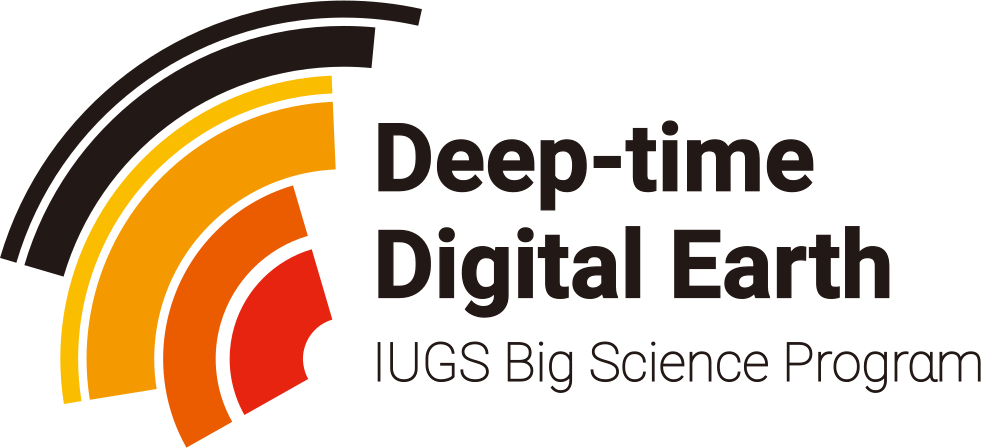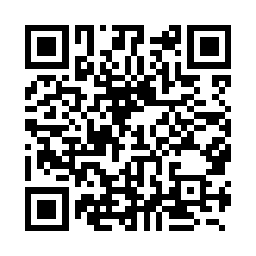
Borax

Borax, also known as sodium borate, sodium tetraborate, or disodium tetraborate, is an important boron compound, a mineral, and a salt of boric acid. Powdered borax is white, consisting of soft colorless crystals that dissolve in water. A number of closely related minerals or chemical compounds that differ in their crystal water content are referred to as borax, but the word is usually used to refer to the octahydrate. Commercially sold borax is partially dehydrated. Borax, also known as sodium borate, sodium tetraborate, or disodium tetraborate, is an important boron compound, a mineral, and a salt of boric acid. Powdered borax is white, consisting of soft colorless crystals that dissolve in water. A number of closely related minerals or chemical compounds that differ in their crystal water content are referred to as borax, but the word is usually used to refer to the octahydrate. Commercially sold borax is partially dehydrated. Borax is a component of many detergents, cosmetics, and enamel glazes. It is used to make buffer solutions in biochemistry, as a fire retardant, as an anti-fungal compound, in the manufacture of fiberglass, as a flux in metallurgy, neutron-capture shields for radioactive sources, a texturing agent in cooking, as a precursor for other boron compounds, and along with its inverse, boric acid, is useful as an insecticide. In artisanal gold mining, borax is sometimes used as part of a process (as a flux) meant to eliminate the need for toxic mercury in the gold extraction process, although it cannot directly replace mercury. Borax was reportedly used by gold miners in parts of the Philippines in the 1900s. Borax was first discovered in dry lake beds in Tibet and was imported via the Silk Road to the Arabian Peninsula in the 8th century AD. Borax first came into common use in the late 19th century when Francis Marion Smith's Pacific Coast Borax Company began to market and popularize a large variety of applications under the 20 Mule Team Borax trademark, named for the method by which borax was originally hauled out of the California and Nevada deserts. The term borax is often used for a number of closely related minerals or chemical compounds that differ in their crystal water content: From the chemical perspective, borax contains the 2− ion. In this structure, there are two four-coordinate boron centers and two three-coordinate boron centers. Borax is also easily converted to boric acid and other borates, which have many applications. Its reaction with hydrochloric acid to form boric acid is: The 'decahydrate' is sufficiently stable to find use as a primary standard for acid base titrimetry. When borax is added to a flame, it produces a yellow green color. Borax is not used for this purpose in fireworks due to the overwhelming yellow color of sodium. Boric acid is used to color methanol flames a transparent green.



